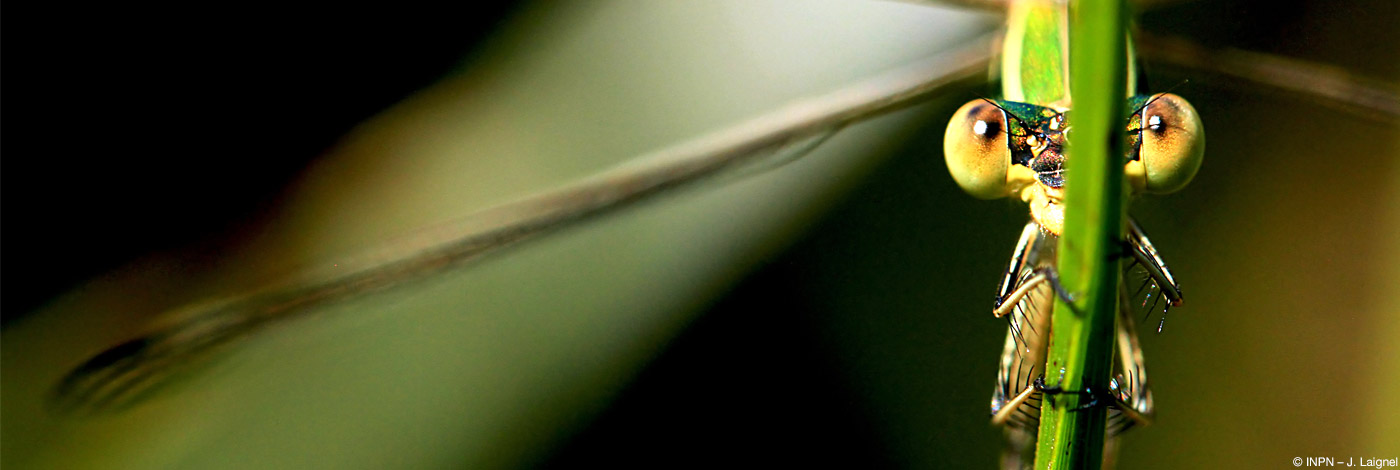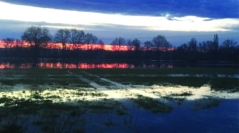

 Naturae
2020 (9) - Pages 143-150
Naturae
2020 (9) - Pages 143-150This study focuses on the malacofauna of the Alsace plain, bordered to the east by the Rhine and to the west by the Ill. In the Alsace plain, the roof of the groundwater table is extremely high (less than three metres below the current ground surface) and even locally emerges. These piezometric characteristics result in a high vulnerability of the Alsace plain to flooding. These floods have generated landscapes of wet grasslands and alluvial forests grouped under the name of “Ried”. In this study, we focused on the Black Ried, which corresponds to waterlogged soils developed in the lowest topographical area of the Alsace plain. This area is subject to groundwater flooding every winter. Paleomalacological investigations were carried out at the southern limit of this area in a black stratum observed under the remains of a Roman urban settlement located at Horbourg-Wihr. During the fieldwork, this stratum has been interpreted as the result of similar phenomena currently observed in the Black Ried. However, in 2017, the malacological analysis of this stratum denied this hypothesis. In 2018, while new paleomalacological investigations were initiated on the archaeological excavation, a field trip in the Black Ried was carried out at Mussig. Investigative malacological samples were collected in the floor litter of two micro-habitats separated by 34 metres, one mainly composed of reeds and the other of grasses. The quantified analysis of the two samples highlighted significant differences in the composition of malacological assemblages, which were in good agreement with the variability observed in terms of flora. While the reed zone is dominated by marshland and aquatic species, the grassy zone is dominated by molluscs from open environments not subject to the presence of a water body. This experiment demonstrates the value of quantitative inventories conducted in the current context to better understand the distribution and health of malacological populations at the micro-habitat level. In addition, the dynamics of the current Ried and the consequences of seasonal flooding on malacocenosis provide an analogue for the interpretation of subfossil assemblages.